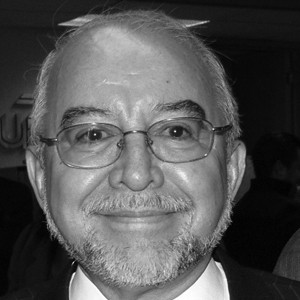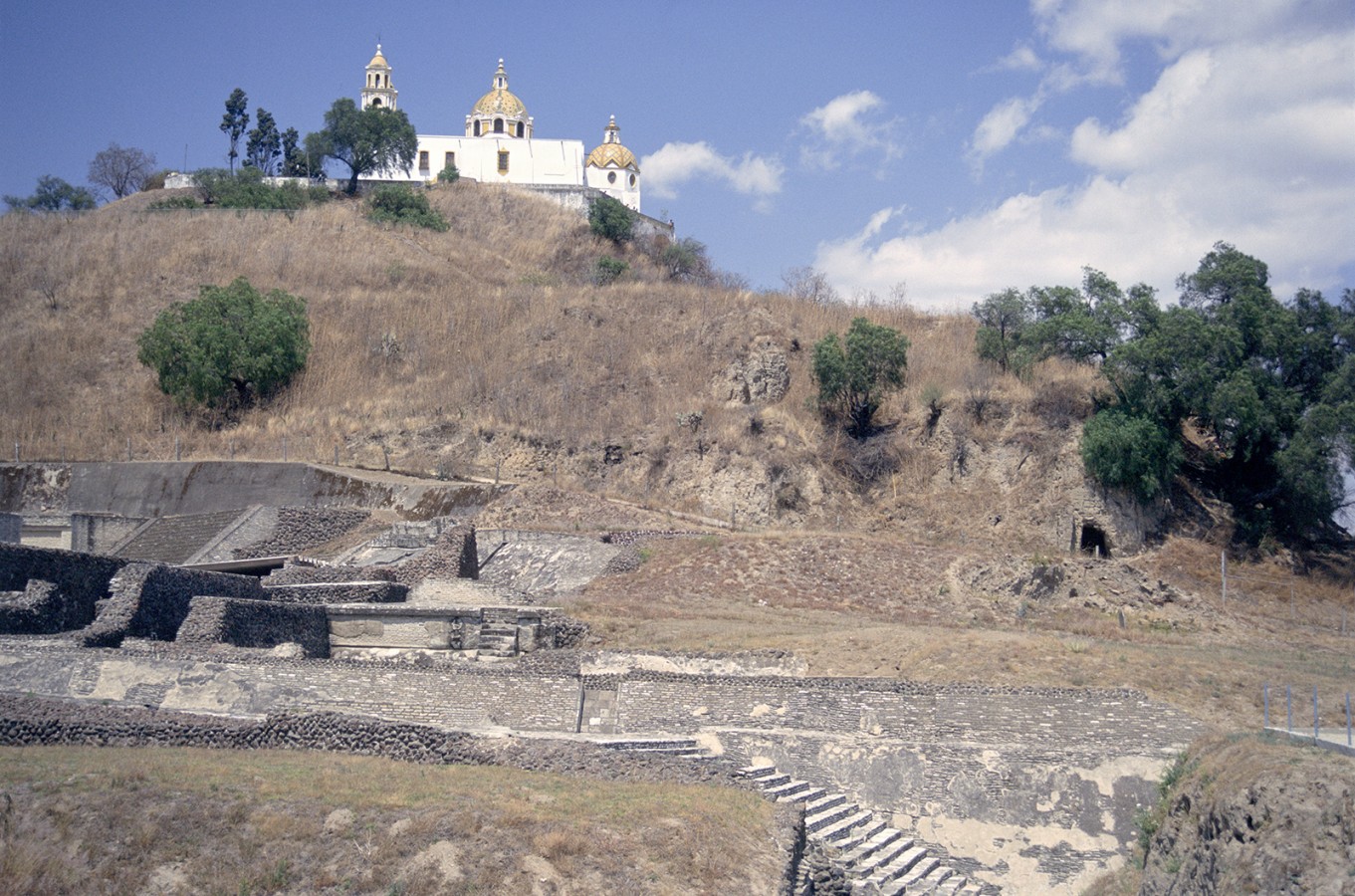The ruins of the Great Pyramid and its surroundings are a challenge to those interested in studying such a formidable settlement. The great mass has drawn the attention of leading researchers and travelers such as Guilliame Dupaix, Hubert H. Bancroft and Baron Alexander von Humboldt himself, who even took some very accurate measurements and published dimensions very close to the real ones. He described the base as the biggest in the ancient world, including Asia, Africa and Europe.
Many years later, in 1931, an archeological excavation was authorized in Cholula, grounded in the desire for Mexico to reclaim its cultural roots. The architect and archeologist Ignacio Marquina was commissioned to plan a novel and intelligent system based on tunnels to explore the core; these reached an approximate length of five miles.
What began as an exploration technique (which allowed several substructures and architectural elements to be identified) became a tourist attraction. Today, visitors arrive eager to enter these passages. Although they do not reveal much, they are fascinating.
The project lasted until 1971 and facilitated the discovery of attached structures, parts of the Great Pyramid, a multitude of al fresco paintings and, of course, many ceramic, stone and other materials. All of this enabled a fuller understanding of the Sacred City.
At almost a third of a mile on each side, the base is only the heart of the ancient city, as its ancient streets, plazas, palaces and residential areas lie below the surface of the entire region. It is therefore essential to undertake rescue archeology to avoid the destruction of significant remains, whenever there are public or private works involving excavation.







